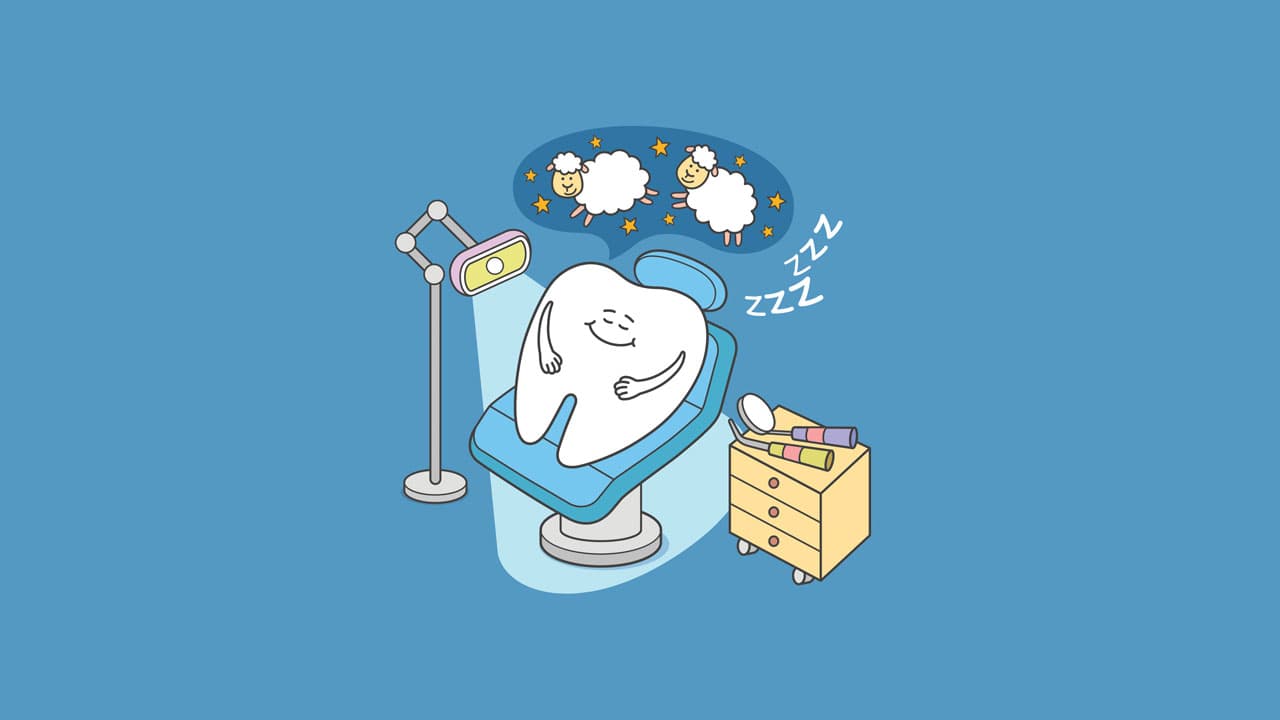
Dentists and other practitioners use dental anesthesia to make appointments more relaxed and comfortable. Several medications are available to this end. Some help people relax. Others control pain. Still, others make you go to sleep during a procedure.
When deciding which anesthesia to use, a dentist takes a number of factors into account. While local anesthesia is still the main type of pain control, the industry is always looking for ways to improve pain management. The latest technologies help dentists provide better pain relief with fewer side effects and less injection pain.
When is Dental Anesthesia Used?
Usually, dentists use local anesthesia when surgery is minor. They also use it when regional or general anesthesia is not necessary or when the patient does not need to be unconscious. Muscles don’t need to be relaxed for the procedure to take place. The procedure can be performed quickly. There is no need for the patient to stay overnight.
Types of Anesthesia
The dose and type of anesthesia depend on multiple aspects. Among these are current medical conditions and the patient’s age. The dentist also takes allergies and body weight into account. The clinician applies a number of different medications to block the pain. They can be rubbed, sprayed, or injected into the skin, tissue, or another body part.
Preparing for Dental Anesthesia
A professional will always explain to a patient how to prepare for the administration of anesthesia in advance. This is of paramount importance. The patient must tell their dentist about any drugs they are taking, especially warfarin, aspirin, or other blood thinners. Your dentist might warn you not to eat anything a few hours before the procedure. If you’re going to receive an anesthetic, you shouldn’t drink alcohol the day before.
What Does It Involve?
In the dentist’s office, a local anesthetic will be applied to the area to be operated on. You’ll feel it go numb. If you don’t feel any numbness, the dentist will not proceed. If they have administered it properly, you won’t feel any pain. However, you might still feel some pressure. Your general health condition and the type of procedure will help determine the best approach in your situation. Your dentist will also ask if you have any allergies.
Alternatives to Dental Anesthesia?
While dental anesthesia doesn’t have a viable alternative yet, vibrotactile devices can augment their effects. These devices alleviate the common fear of the needle by activating nerve fibers simultaneously. They do so by using vibration. An example is Accupal, a device that uses pressure and vibration to “precondition” tissue. It exerts pressure and vibrations onto the site of injection all around the point of penetration. This shuts the gateway of pain down.
Side Effects
Some dental patients report experiencing nausea, dizziness, and headaches after getting anesthesia. These side effects are temporary. Blurred vision, muscle twitching, and tingling can occur. Sometimes, patients feel weakness or continued numbness.
Allergic reactions to dental anesthesia are possible. A patient may experience shortness of breath, hives, or itching. These notwithstanding, dental anesthesia is quite safe. It is much safer than general anesthesia for small surgeries.
You might experience some pain and tingling when the medication is administered. There might also be minor bruising as it wears off. People who have received a local anesthetic should take care not to bite their cheeks while they don’t feel pain. The pain will come back when the drug wears off. Click here to see the answers to some FAQs about dental anesthesia or call Caputo Dental to make an appointment!